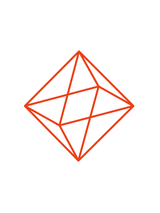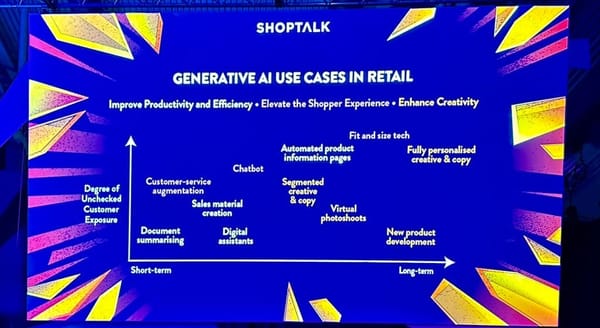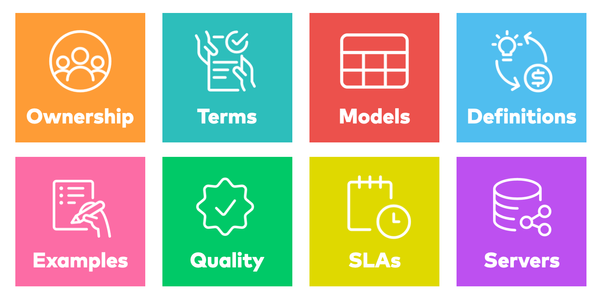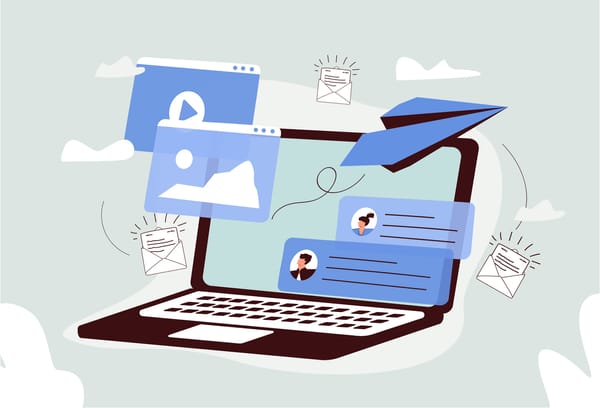What is a Digital Twin and how is it used in phygital product development?
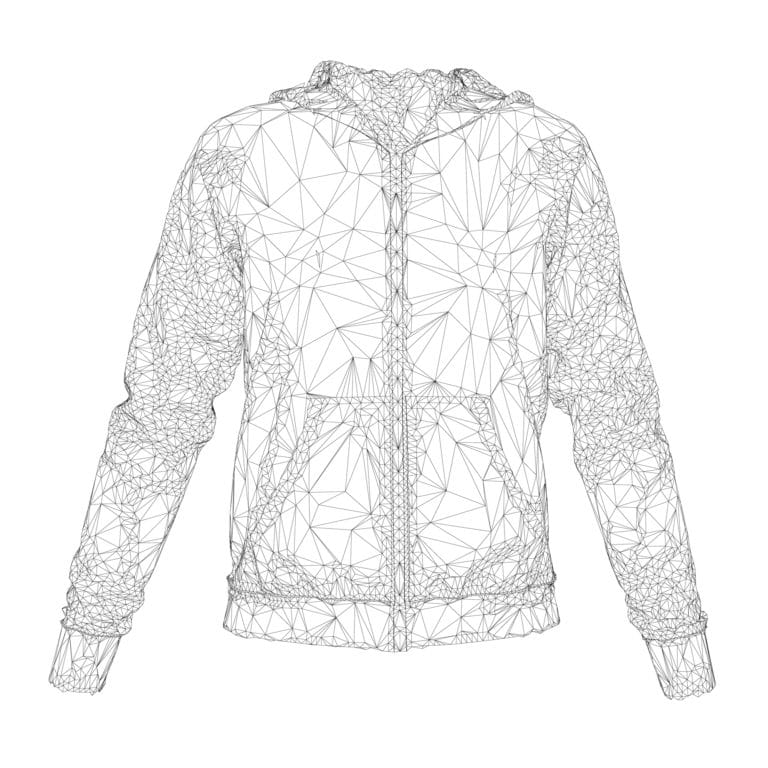
Digital twins for 3D simulations and virtual product testing
Leaving aside all the details, especially the biological ones, twins are two people who are physically very similar but who have different personalities. In the case of digital twins, the opposite is true: They are physically very different but (should) have the same “personality”: The digital twin of a real part is made up of 0s and 1s (instead of atoms and molecules) which, with some technical effort, can be visualized as 2D or 3D images of the real part. And their “personality” is supposed to be a duplicate of that of the real part – i.e., in a given context, both should behave exactly the same.
If the physical part bends under real pressure, the digital duplicate should behave exactly the same under simulated pressure. Sounds more like a digital clone than a digital twin, doesn’t it?
Enough wordplay, the idea that twins have the same parents does help to understand the concept. The parent(s) of a new product bring an idea to life by creating analog or digital sketches, which soon evolve into 3D data models. In our complex world, the process is rarely the other way around, starting with a physical part.
Digital twins – growing smarter
Anyway, it is clear that physical and digital twins are almost never born at the same time. In the beginning, the initial part is pretty dumb, but as the designer adds more knowledge and experience to the design, it gets smarter, much like a growing baby. It grows into something that can meet the challenges of the environment in which it shall live.
Designers can decide how smart they want the digital twin to grow up to be. They can keep it dumb and focus on the physical twin early on, leaving the digital one behind as just an image, yes, in 2D and 3D and with colors, but without properties like material, deflection under load or temperature, dynamic behavior, interaction with other parts (or people). Or they can send it to the best schools and teach it everything they know or can get their hands on. More than that, they can send it to AI-University and train it at an unimaginable speed to achieve results beyond anything that has ever been attempted in the real world. A prominent example is AI-driven topology optimization of structural components. At some point, the real twin will be born.
The question now is how close the digital and physical twins shall stay in touch. The real twin will also be sent to school (i.e. it will have to pass a lot of exams in labs and field tests and improve the results until the parents are satisfied). And of course it will learn a lot from real life experiences that could not be predicted. Should the test- and real-life results also be made available to the digital twin?
Predicting behavior of material with digital twins
The answer depends on what questions the digital twin shall help to answer, and how intelligent it needs to be to do so. If it is to help to further predict the behavior of its real sibling, and even develop better future versions of it, then it will need to be taught with each new insight. If it is just to be used as a placeholder, answering simple questions like “what’s your name” or “how the hell did you get there in the first place”, for example in a repair situation where a worker is trying to fit a spare part for the first time, then things can be kept simple. So, in contradiction to the quantitative meaning of the word twin, there is rarely just one digital twin, but many different variations, a bit like the saying: “Who am I, and if so, how many”.
Keeping things as simple as possible (yes, Albert, but not simpler) is also good advice in this context, because the digital twin naturally has a complex data side. In digital transformation projects with phygital content, the handling of such data is a challenging task. As the above has attempted to show, the type of data varies from CAD data (in various, not fully compatible formats), through test data (anything from measurement data to audio reports), to more simple images and part information, and so on.
Depending on the desired tasks, the systems needed to handle such data range from complex, R&D oriented PLM systems to rather marketing oriented PIM/DAM ones. And very often, standard software does not do the intended trick. TalentsFormation is committed to building the right teams to solve such inspiring challenges.
Author
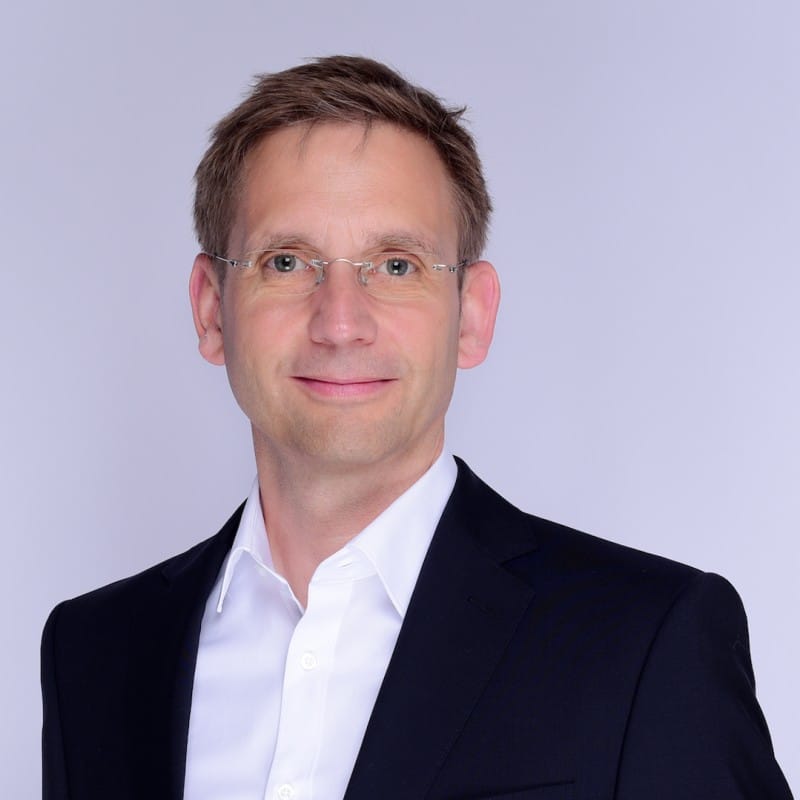
Prof. Dr. Lars Ilius
Head of Phygital at TalentFormation.com GmbH, Hamburg.
If you find this interesting, please also consider reading our article about Phygital Product Development by Daniel Neuberger, Head of Product Coaching at TalentFormation.
TalentFormation is a Company Rebuilder that helps bigger companiestransform their organization and develop, implement and operate new digital business models to perform and grow sustainably.
Together with a growing network of tech service providers, solopreneurs and freelancers, TalentFormation forms highly effective product teams that enable companies to compete with disruptive competitors. For small business owners, we provide the environment to build and scale their company within the TalentFormation Network.
Founded in 2009 in Hamburg, we focus on Company Rebuilding projects in Consumer Products, Mobility, Health, Energy, and other future-proof industries, both for manufacturers and retailers.

